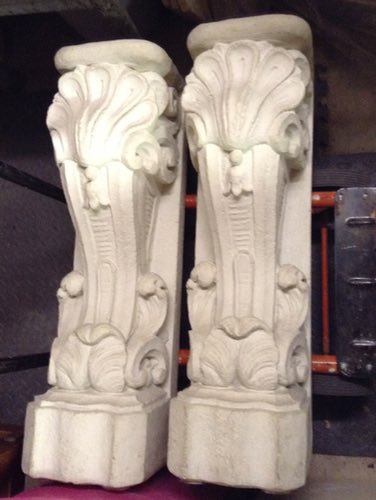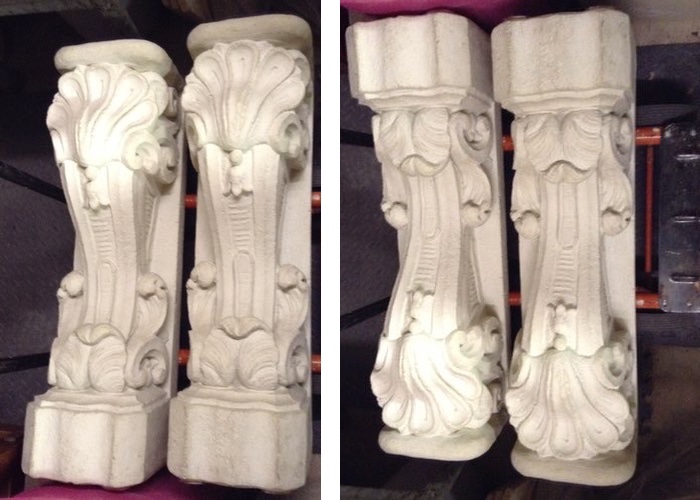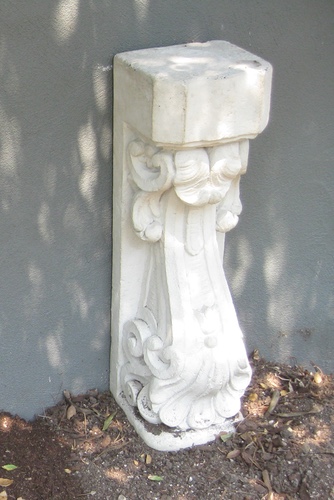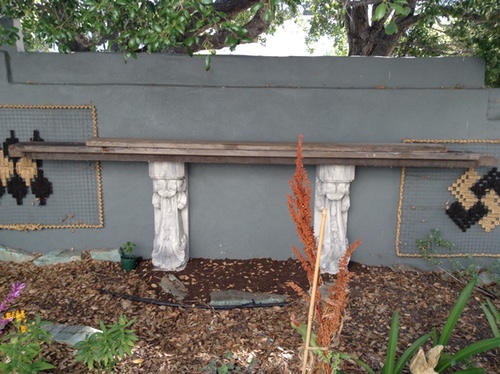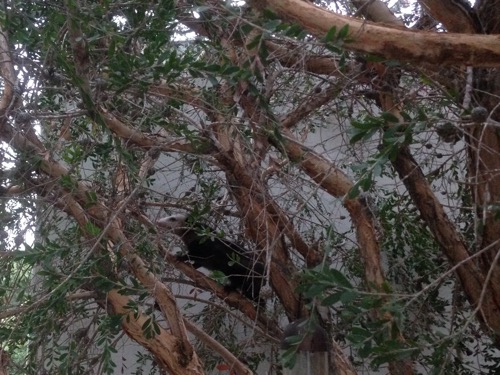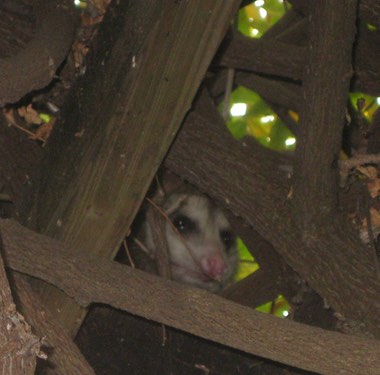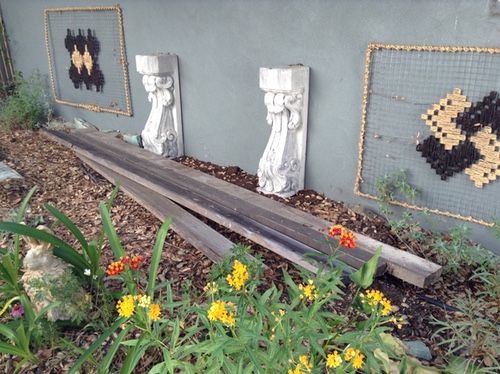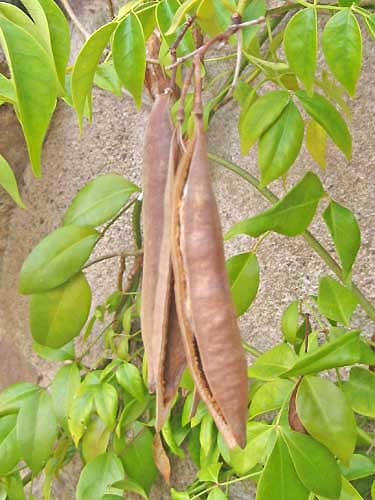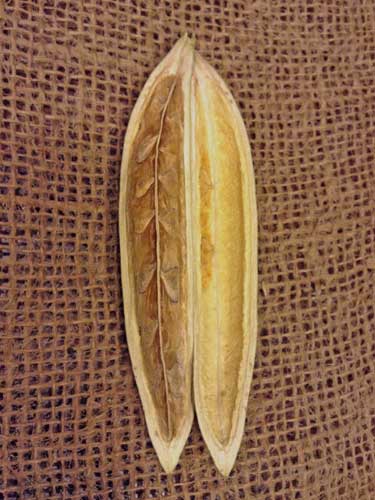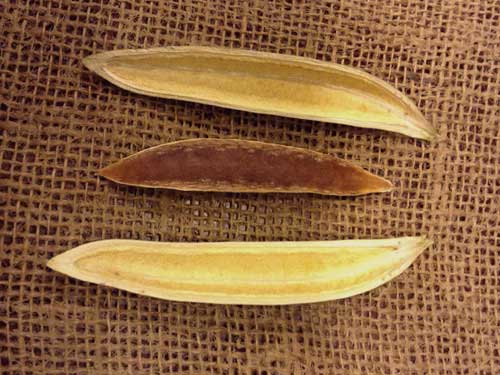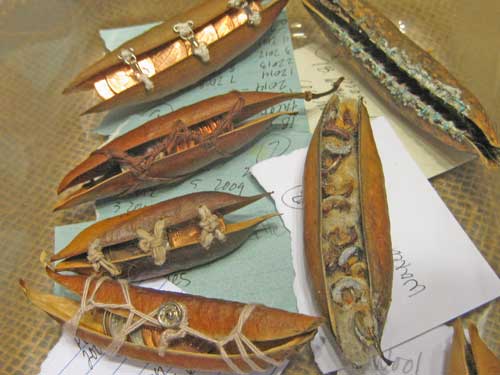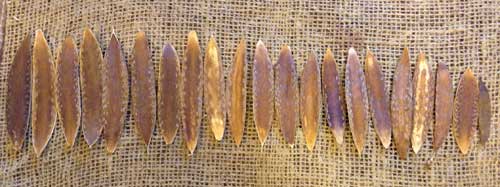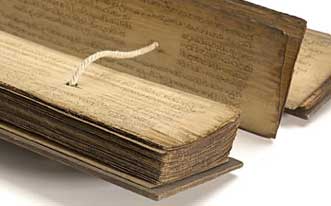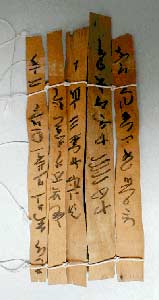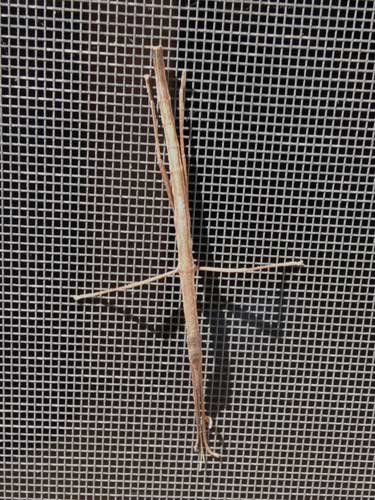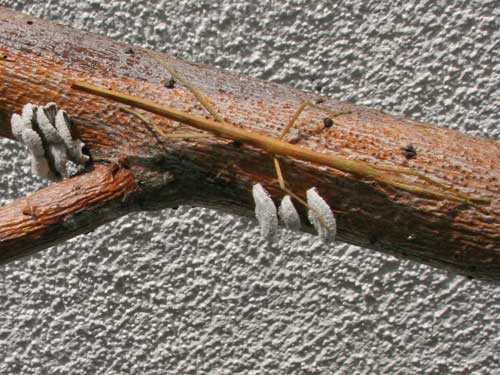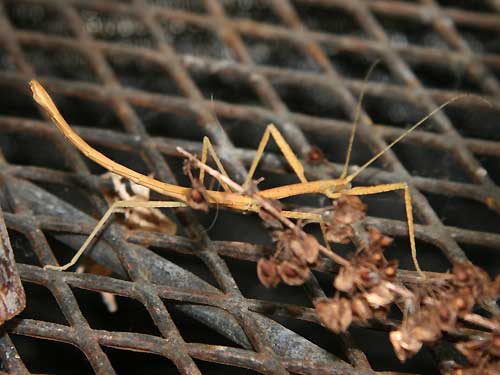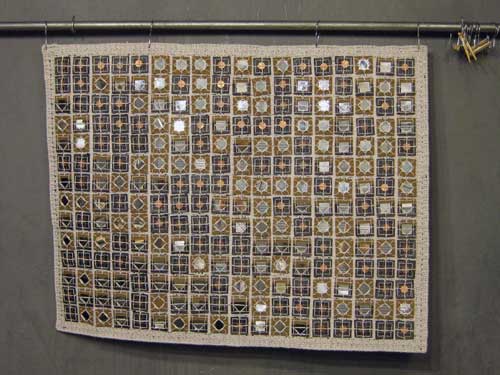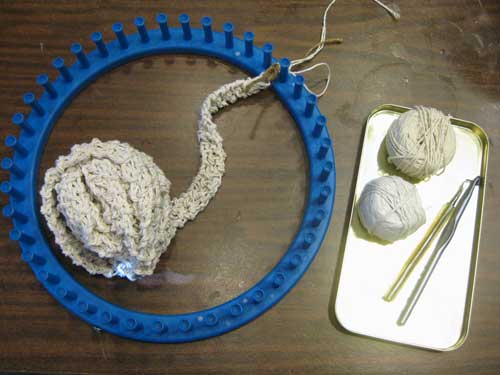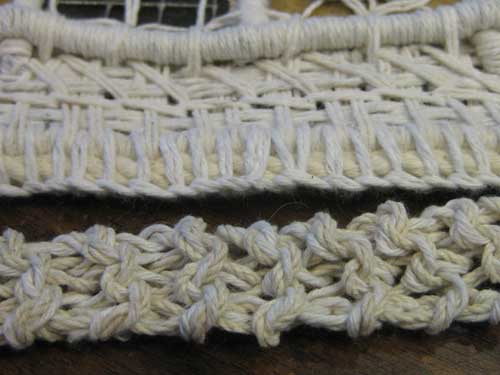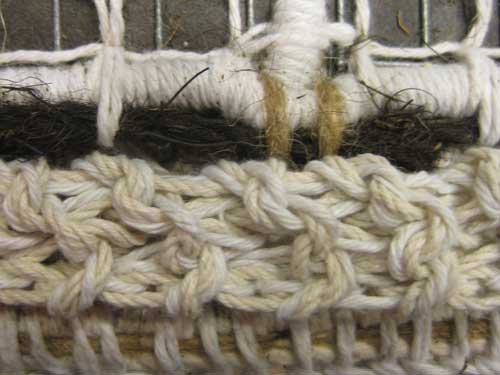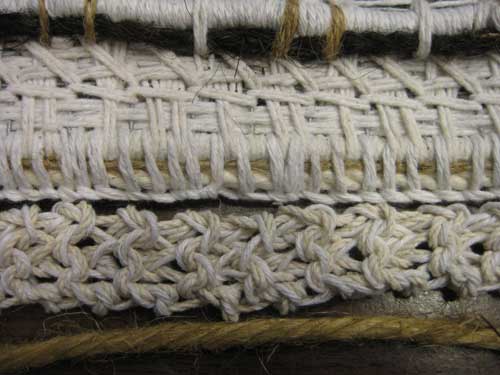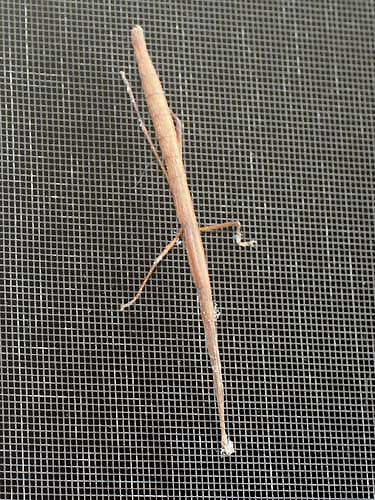When I visited my family in SC, I spent time wandering around and taking photos of plants, interesting textures, possible art making materials and processes, and things that struck me as odd.
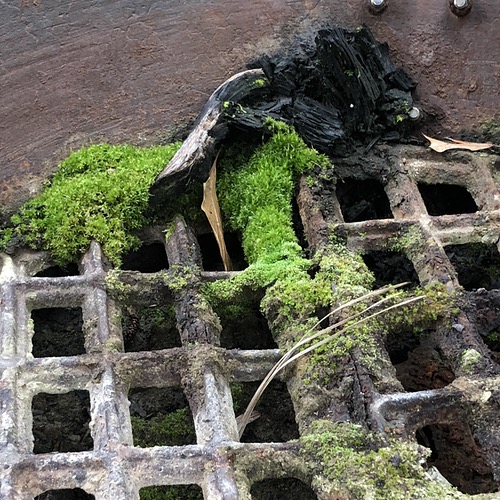
As soon as I saw the moss growing on the grate inside a free standing wood burning fireplace, Don McLean’s American Pie started looping through my mind. Especially the line: moss growing fat on a rolling stone.
And while writing this post, again the song is swirling though my mind.
Not being a sit around a fire person, I had to google the proper term for the fireplace. It is a chimenea. According to Wikipedia this is the definition for chimenea.
A chimenea /tʃɪmɪˈneɪ.ə/, also spelled chiminea (from Spanish: chimenea means chimney), is a freestanding front-loading fireplace or oven with a bulbous body and usually a vertical smoke vent or chimney.
So, a wood burning chimney. Odd that moss found its way to growing inside the chimenea. It is sitting on a concrete patio in daily full sun. The chimenea must offer enough shade and protection to prevent the death of the moss.
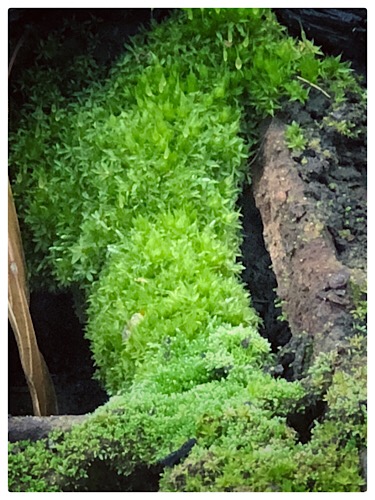
Sad that the moss will be destroyed the next time the chimenea is lit.
Don McLean’s American Pie was popular when I was in high school. So much so, my high school English teacher thought it would be cool to decipher its lyrics. The result, even today I remember the bulk of the lyrics for the 8 minute 36 second song.
More connections–I remember my best friend from high school who died suddenly five years ago. Not in a plane crash, but he was the director of my hometown airport. Connections of all sorts can be found when you least expect it. Certainly wasn’t thinking about him when I started this post, but it would have been something I would have shared with him. He would have understood my moss/song connection. We would have talked about the song. When we first heard it. And other reminiscing.
Thinking about my friend, reminded me of a Henning Mankell quote from one of his Kurt Wallander books, Firewall.
Who was left who connected him to his earlier life?
Washington Post article about American Pie written by Justin Wm. Moyer.

